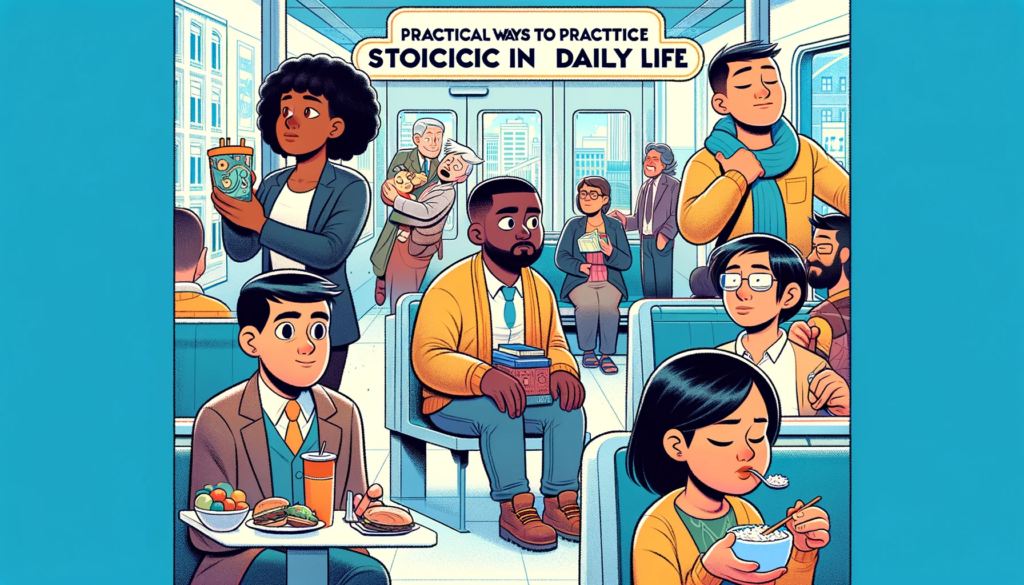
Introduction
In the bustling rhythm of modern life, it’s crucial to find strategies that enhance our sense of empowerment and well-being. Among these, the concept of power poses, popularized by social psychologist Amy Cuddy in her TED Talk, stands out. But, when combined with meditation, walking, and listening to favorite music, it forms a holistic approach that can profoundly impact our mental and physical state. Let’s explore how integrating these practices can lead to a more empowered and balanced life.
Post based on
What is a power pose?

from a great blog at https://www.camskids.com/tipsandtools/high-power-poses/
Understanding Power Poses: A Lesson from Amy Cuddy
Amy Cuddy’s TED Talk on body language brought the concept of “power poses” into the limelight. These are poses that exude confidence and dominance, like standing tall with hands on hips. Cuddy’s research suggests that adopting such poses can not only change how others perceive us but also how we feel about ourselves, potentially increasing feelings of power and tolerance for risk.
Practical Application
- Before a stressful event, try standing in a power pose for two minutes.
- Be mindful of your posture throughout the day, choosing poses that convey confidence.
The Quiet Power of Meditation
Meditation, a practice as ancient as time, brings a different kind of power – the power of inner peace and mindfulness. It allows us to quiet the mind, reduce stress, and improve focus.
Incorporating Meditation
- Dedicate a few minutes each day to meditate, starting with just five minutes and gradually increasing.
- Use guided meditation apps if you’re a beginner to help you get started.
The Therapeutic Effect of Walking
Walking is more than just physical exercise; it’s a form of active meditation. It boosts mood, clears the mind, and can be a great way to process thoughts and feelings.
Making the Most of Your Walks
- Aim for a daily walk, even if it’s just for 15 minutes.
- Choose natural settings for your walks when possible, as nature can enhance the benefits.
The Healing Power of Music
Listening to your favorite music can be incredibly therapeutic. It can lift your mood, reduce anxiety, and even help in managing pain. Music has the unique ability to resonate with our emotions, providing comfort and motivation.
Integrating Music into Your Routine
- Create playlists for different moods and activities.
- Combine music with other activities, like walking or working out.
Bringing It All Together: A Synergistic Approach
While each of these practices offers its own benefits, their power is amplified when combined. Imagine starting your day with a power pose, followed by a meditation session, a brisk walk while listening to your favorite music, and then tackling your daily tasks with renewed energy and confidence. This synergy can lead to a more balanced, empowered, and fulfilling life.
Tips for Integration
- Schedule specific times for each activity to ensure consistency.
- Be patient and kind to yourself as you integrate these practices into your routine.
Conclusion
The combination of power poses, meditation, walking, and music forms a comprehensive approach to personal empowerment and well-being. By embracing these practices, you can enhance your confidence, mental clarity, emotional balance, and overall health. So why not start today and see how these simple, yet powerful practices can transform your life?









